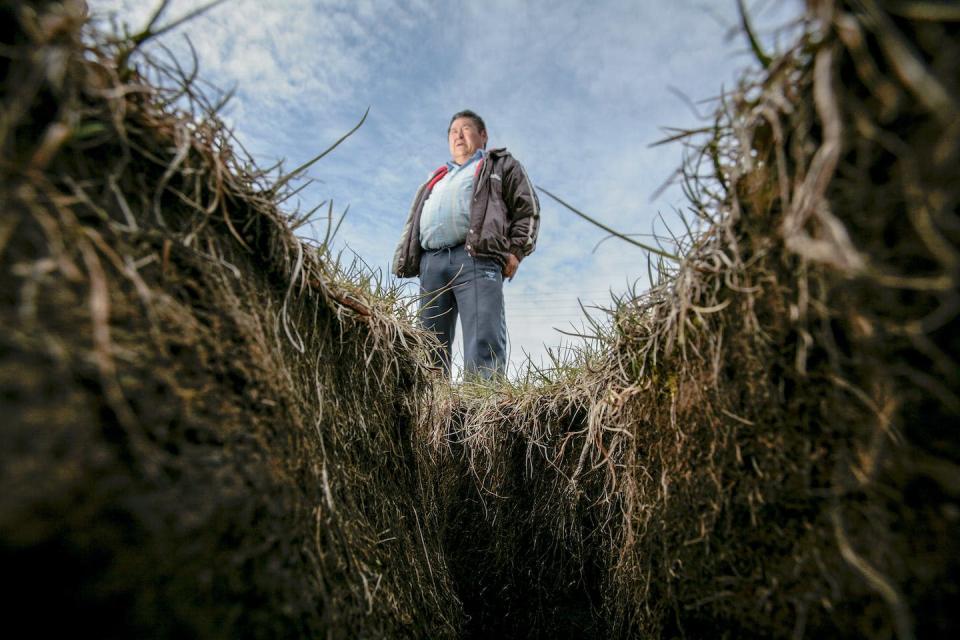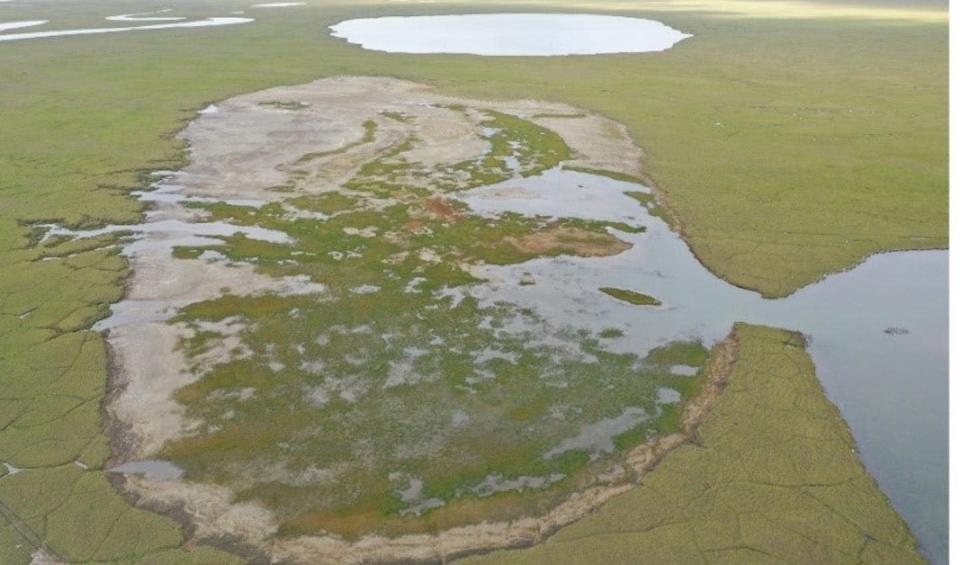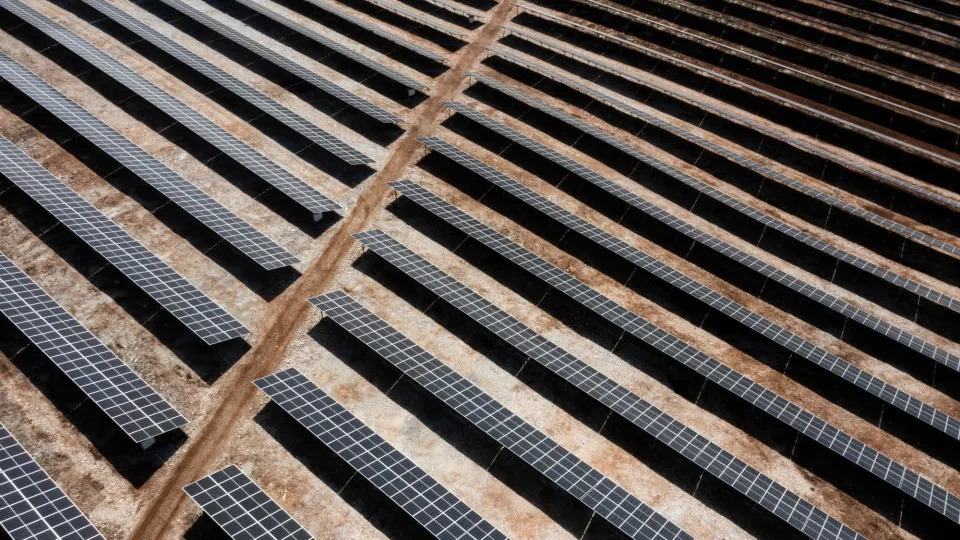BY DREW COSTLEY

In this Jan. 20, 2021, file photo, President Joe Biden signs his first executive order in the Oval Office of the White House in Washington. Biden laid out an ambitious agenda for his first 100 days in office, promising swift action on everything from climate change to immigration reform to the coronavirus pandemic. Key members of the White House Environmental Justice Advisory Council say one year into the Biden Administration's commitment that 40% of all benefits from climate investment go to disenfranchised communities, not enough has been done. (AP Photo/Evan Vucci, File)
Key members of the White House Environmental Justice Advisory Council said Tuesday that the Biden administration hadn’t done enough to make good on its promise that 40% of all benefits from climate investment go to disenfranchised communities.
Speaking at a press briefing ahead of the HBCU Climate Change Conference in New Orleans, the council members said they’ve secured $14 million from the Bezos Earth Fund for a program called Engage, Enlighten and Empower to hold the Biden administration accountable for carrying out its Justice40 initiative.
President Biden made the commitment in a sweeping executive order on his first day in office. The initiative has been held up as an unprecedented push to bring environmental justice to communities long plagued by pollution and climate inaction.
The three members of the federal environmental justice council leading the $14 million-dollar effort, Beverly Wright, Peggy Shepard and Robert Bullard, have been working closely with the administration on Justice40.
But Wright told members of the press that more needs to be done to “turn a novel idea into a project that works.”
The trio are combining philanthropic grants from the Bezos Earth Fund, $6 million from Shepard’s WE ACT for Environmental Justice, $4 million from Wright’s Deep South Center for Environmental Justice and $4 million from the Bullard Center for Environmental and Climate Justice, to ensure federal funding from Justice40 “goes where it’s intended,” Shepard said.
The effort should “ensure equitable implementation of the Justice40 initiative at the state and local level and empower local communities to participate in the policy-making” that comes as a result of the initiative, a press release said.
The funds will go to educate grassroots organizations on the resources available to them through Justice40, inform state and local governments on how the money should be used, and develop a screening tool to determine where Justice40 funds are needed most, one that includes racial demographic data. Controversially a federal screening tool used by the administration does not take into account the racial makeup of communities.
There has been little change on the ground yet from the Justice40 pledge because the federal government is still trying to figure out which communities are most in need of the investment. In recommendations to the Biden administration, many reputable environmental justice advocates pushed for a methodical, intentional process for identifying disadvantaged communities and disbursing funds.
At the briefing, Wright and Bullard said they’ve seen past federal social and infrastructure projects fail to deliver on promises to disadvantaged communities and don’t want to see it happen again.
“There’s been a lot of really novel approaches at changing the lives of Americans in general that have worked out” benefitting just white Americans, Wright said.
Bullard pointed to discrimination in how flood relief was distributed in Texas, where the Bullard Center for Environmental and Climate Justice is located, as an example.
__
Follow Drew Costley on Twitter: @drewcostley.
___
The Associated Press Health and Science Department receives support from the Howard Hughes Medical Institute’s Department of Science Education. The AP is solely responsible for all content.




















